VA-195 Dambusters Squadron Patch ? Sew on
$8.39
500 in stock
VA-195 Dambusters Squadron Patch ? Plastic Backing
Established as Torpedo Squadron NINETEEN (VT19) on 15 August 1943. Redesignated Attack Squadron TWENTY A (VA-20A) on 15 November 1946. Redesignated Attack Squadron ONE HUNDRED NINETY FIVE (VA-195) on 24 August 1948. Redesignated Strike Fighter Squadron ONE HUNDRED NINETY FIVE (VFA-195) on 1 April 1985. The first squadron to be assigned the VA-195 and VFA-195 designation.
Squadron Insignia and Nickname The squadron?s first insignia was approved by CNO on 4 March 1944. Colors for the lion cub and torpedo insignia were: a white background with light blue wave lines and streaks; orange torpedo nose, wings and tail section outlined in black; blue torpedo body; light tan lion cub with dark brown spots and outlined in black, red tongue and eyes, black mouth, nose and whiskers; yellow scarf and line to the torpedo; dark brown bazooka. A new insignia was approved by CNO on 18 April 1949. Two versions of the tiger and parrot insignia exist and the records do not identify which one was the officially approved insignia. There are no color markings available for either insignia. The squadron adopted the shield insignia at a later date. There are no records available to identify when
this insignia was approved. It is believed the use of the shield insignia began sometime in the 1950s. There are no color markings available on this insignia. A new insignia was approved by CNO on 30 August 1985. Colors for the eagle insignia are: a green background outlined in a checker board pattern of green, black and gray squares; gray stylized eagle outlined in white, with a white head, a red eye, and a yellow beak and claws; black bomb and missiles outlined in white; silver scrolls outlined in black with black lettering.
Nicknames: Tigers, 1949-early 1950s. Dambusters, early 1950s-present.
Chronology of Significant Events 18 Jul 1944: The squadron flew its first combat mission when it conducted preinvasion strikes against Guam. Jul?Oct 1944: The squadron flew combat strikes against Guam, Palau, the Bonin and Volcano Islands, Mindanao, Visayans, Luzon, Okinawa and Formosa. 24 Oct 1944: Squadron aircraft participated in strikes against the Central Japanese Task Force in the Sibuyan Sea, which included the super battleship Musashi. Three of the squadron?s personnel, Lieutenants Joseph C. Black and Max E. Gregg and Lieutenant (jg) Edward H. Schulke, were awarded the Silver Star for their actions during this strike. 25 Oct 1944: Squadron aircraft participated in the Battle Off Cape Engano, strikes against the Japanese Northern Force composed primarily of carriers. The following squadron personnel were awarded the Navy Cross for their actions during this battle: Lieutenant Commander Frank C. Perry; Lieutenants Leonard R. Prater, Joseph C. Black, Max E. Gregg, Frederick Doll, Jr., James C. West, Leonard P. Mathias, Donald W. McMillan, Richard D. Greer, Jr., and Gordon B. Whelpley; Lieutenant (jg)s Frank A. Fox, Morris R. Goebel, James H. Langrall, Ray J. Stacy, Robert F. Durian, William R. Garrett, John S. McDonald, Edward H. Schulke, Edward
The lion cub was the squadron?s first insignia.
The squadron?s second insignia was the tiger and parrot design. This is one of the designs on file; unfortunately, the insignia records do not identify which design was approved by CNO.
This is the other tiger and parrot design on file in the squadron?s insignia records.
The squadron adopted the helmet and shield insignia sometime in the 1950s.
In 1985, the squadron adopted the stylized eagle insignia design.
C. Myers, Jr., Irvin Kramer, Jr. and James E. Sipprell; and Ensigns Mercer L. Jackson, Jr., Wallace F. Leeker, Frederick Schuler and Warner W. Tyler. 5 Nov 1944: Squadron aircraft participated in an attack on the Nachi, a Japanese heavy cruiser, which was making a sortie out of Manila Bay. The cruiser was sunk and Lieutenant (jg)s Robert F. Durian, James E. Sipprell and Ray
VA-195 Dambusters Squadron Patch ? Sew on
| Dimensions | 1 × 1 × 1 in |
|---|
Only logged in customers who have purchased this product may leave a review.
Related products
Shop All Notions & Sewing Accessories
DC’s Robin Uniform Logo 4 Inch Wide Embroidered Patch Set of 3 Patches
Shop All Notions & Sewing Accessories
US ARMY INFANTRY CROSSED RIFLES 2 PIECE PATCH HOOK AND LOOP BACKING GRUNT 11B
Shop All Notions & Sewing Accessories
Small/Mini – Pumpkin Pie – Slice – Facing Left – Iron on Applique/Embroidered Patch
Shop All Notions & Sewing Accessories
Shop All Notions & Sewing Accessories
Pink Heart – Confetti Shimmery – Iron On Applique/ Embroidered Patch
Shop All Notions & Sewing Accessories
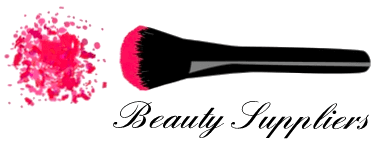
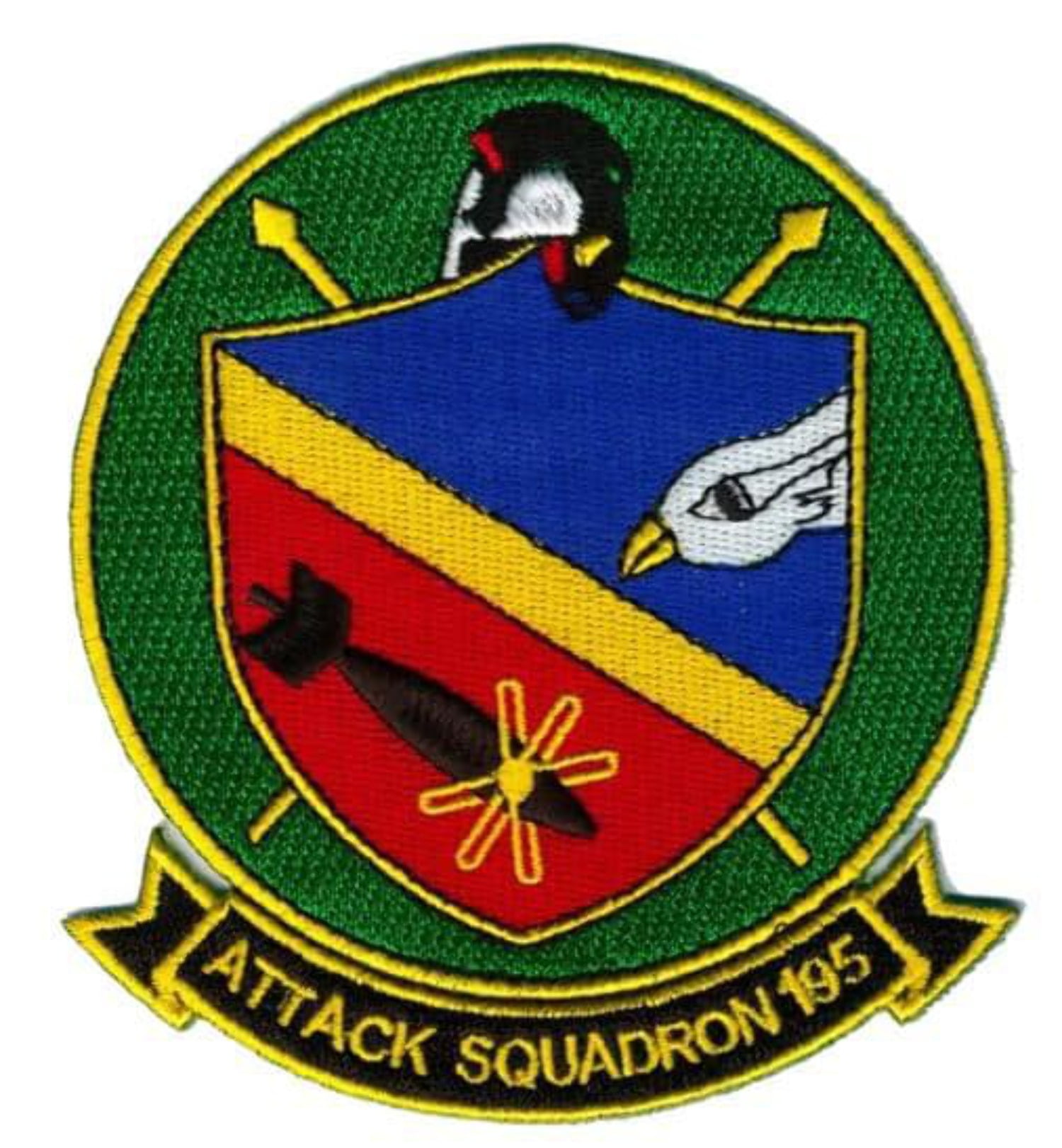
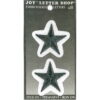
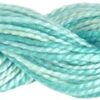
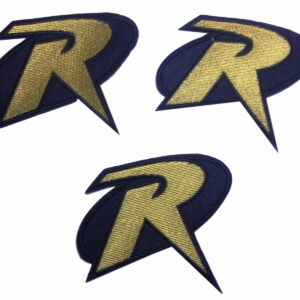
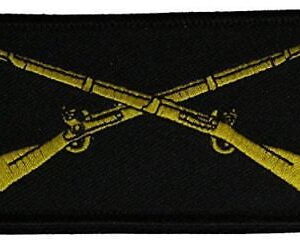
Reviews
There are no reviews yet.